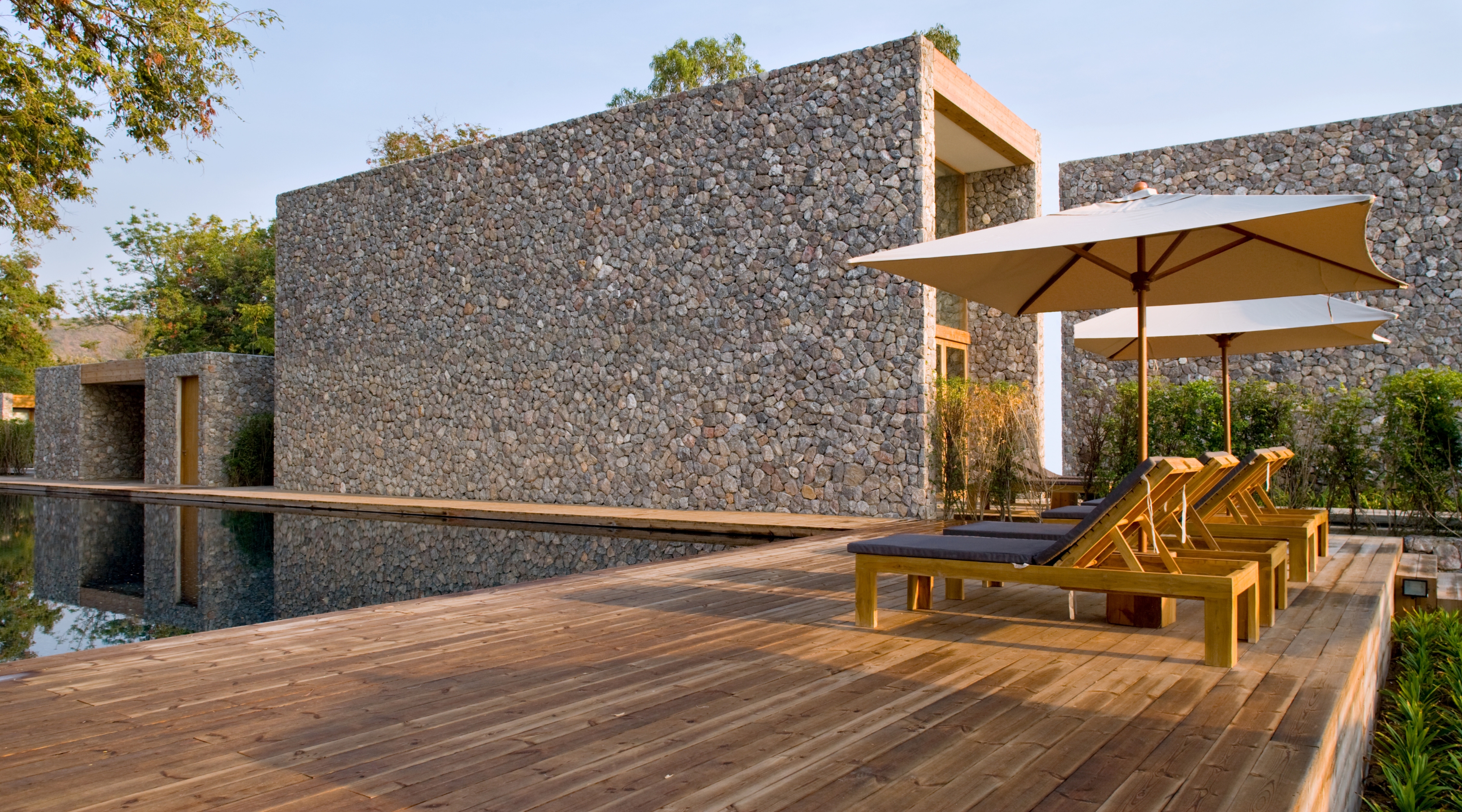Outdoor wood adds a touch of natural beauty to any space, whether it’s a deck, patio furniture, or a garden fence. However, exposure to the elements can take its toll over time if proper care and maintenance are neglected. In this guide, we’ll explore the essential steps to ensure the longevity and beauty of your outdoor wood investments.
Understanding Outdoor Wood:
Before diving into care routines, it’s crucial to understand the characteristics of outdoor wood. Most outdoor wood is either hardwood (e.g., teak, cedar, or redwood) or pressure-treated softwood (e.g., pine or fir). Hardwood is naturally more resistant to decay and insects, while pressure-treated softwood is infused with preservatives to enhance durability.
Preventive Measures:
Choose the Right Wood: Selecting the appropriate type of wood for your outdoor project is the first step in ensuring longevity. Hardwood species like teak and cedar are naturally resistant to decay and rot, making them ideal for outdoor use.
Seal and Protect: Apply a high-quality sealant or wood preservative to protect outdoor wood from moisture, UV rays, and fungal growth. Choose a product specifically designed for outdoor use and follow the manufacturer’s instructions for application.
Regular Maintenance:
Cleaning: Regularly clean outdoor wood surfaces with a mild detergent and water solution to remove dirt, debris, and mold. Use a soft-bristled brush or sponge to avoid scratching the wood surface.
Stain or Sealant Reapplication: Reapply stain or sealant every 1-3 years, or as recommended by the manufacturer, to maintain protection against moisture and UV damage. Before reapplication, ensure the wood surface is clean and dry.
Inspect for Damage: Periodically inspect outdoor wood for signs of damage, including cracks, splinters, or discoloration. Address any issues promptly to prevent further deterioration.
Preventative Treatments: Consider applying wood treatments such as fungicides or insect repellents to prevent mold, mildew, and insect infestations. These treatments can be applied as a preventive measure during routine maintenance.
Repair and Restoration:
Sand and Refinish: If outdoor wood surfaces become weathered or worn, sanding and refinishing can restore their appearance and protect against further damage. Use fine-grit sandpaper to smooth the surface before applying a fresh coat of stain or sealant.
Replace Damaged Boards: If outdoor wood boards are severely damaged or rotted, they may need to be replaced. Use the same type of wood and follow proper installation techniques to ensure a seamless repair.
Conclusion:
Caring for outdoor wood requires diligence and regular maintenance, but the effort is well worth it to preserve the beauty and longevity of your outdoor spaces. By following these essential care guidelines, you can enjoy your outdoor wood investments for years to come, knowing they are protected against the elements and looking their best.

